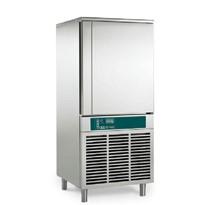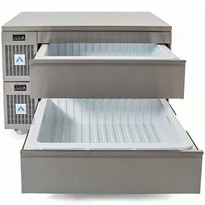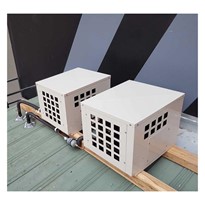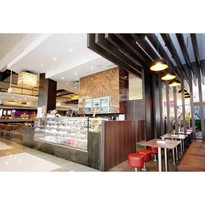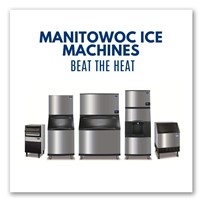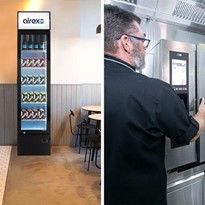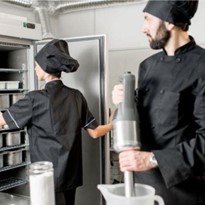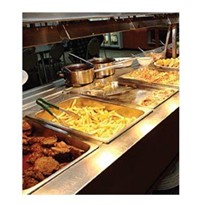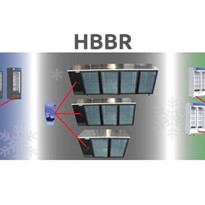Why use it?
The 2-hour/4-hour rule is a good way to make sure potentially hazardous food is safe even if it’s been out of refrigeration.
The rule has been scientifically checked and is based on how quickly microorganisms grow in food at temperatures between 5°C and 60°C.

Image sourced from The Food Safety Information Council.
How it works
- Food held between 5°C and 60°C for less than 2 hours can be used, sold or put back in the refrigerator to use later.
- Food held between 5°C and 60°C for 2-4 hours can still be used or sold, but can’t be put back in the fridge.
- Food held between 5°C and 60°C for 4 hours or more must be thrown away.
The time between 5°C and 60°C is cumulative—that means you need to add up every time the food has been out of the fridge, including during preparation, storage, transport and display.
As long as you follow this, you can be confident the food is safe.
How do I use the rule?
- Start timing from when the food is brought out of refrigeration (at 5°C or below).
- Keep track of how long the food is out of refrigeration so you can be sure when the 2-hour and 4-hour time limits are reached (e.g. write down each time food is brought out of refrigeration and put back, or display food on colour-coded plates so you know when they have to be sold by).
- Remember to add up all time periods the food has been between 5°C and 60°C to work out the total time. If in doubt, throw it out.
Total time between 5°C and 60°C

Under 2 hours
OK to use or refrigerate at 5°C or less

2 to 4 hours
OK to use straight away but can’t go back in the fridge.

Over 4 hours
Throw away
What foods are potentially hazardous?
Foods normally considered to be potentially hazardous are:
- raw meats, cooked meats and food containing meat, such as casseroles, curries, lasagne and meat pies
- dairy products and foods containing dairy products, such as milk, cream, custard and dairy-based desserts
- seafood (excluding live seafood) and food containing seafood, such as seafood salad
- processed fruits and vegetables, such as prepared salads and ready-to-eat fruit packs
- cooked rice and pasta
- processed foods containing eggs, beans, nuts or other protein-rich food, such as quiche and soya bean products
- foods that contain any of the above foods, such as sandwiches, rice salads and pasta salads.
Keeping food cold
When you are preparing food, make sure that you have enough refrigerator space or insulated boxes with ice bricks to store the food. It is important to remember that refrigerators do not work properly when they are overloaded or when food is packed tightly, because the cold air cannot circulate.
If you are running out of room in your refrigerator, remove foods that are not potentially hazardous, such as drinks. The temperature of these foods is not critical and they can be kept cool in insulated containers with ice or ice blocks.
Cooling foods
If potentially hazardous foods have to be cooled, their temperature should be reduced as quickly as possible. The temperature should fall from 60°C to 21°C in less than two hours and be reduced to 5°C or colder in the next four hours. It is difficult to cool food within these times unless you put food into shallow containers.
Keeping food hot
If you are keeping food hot on cooktops, in ovens or in bain marie units, the equipment needs to be set high enough to ensure that the food remains hot ( 60 ° C or hotter).
Check out The Ultimate Guide to Choosing the Right Commercial Fridge for Your Business




-160x160-state_article-rel-cat.png)

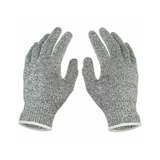

-205x205.jpg)






